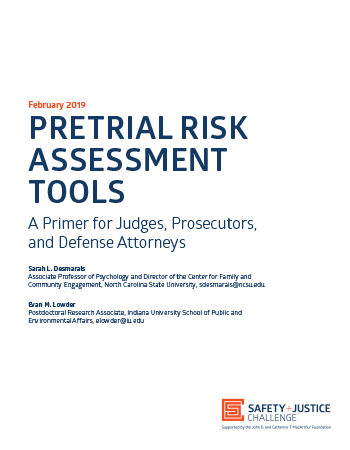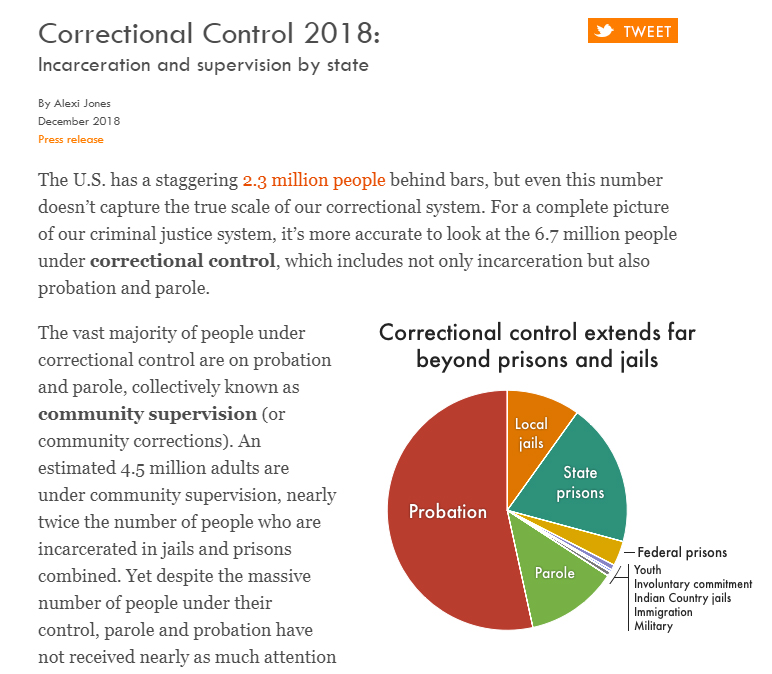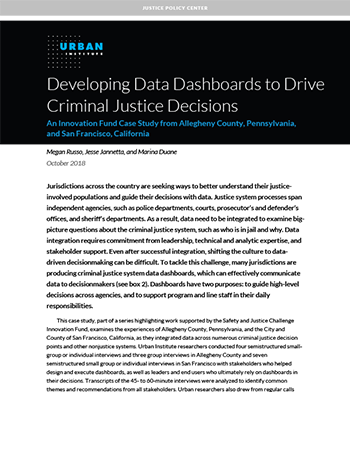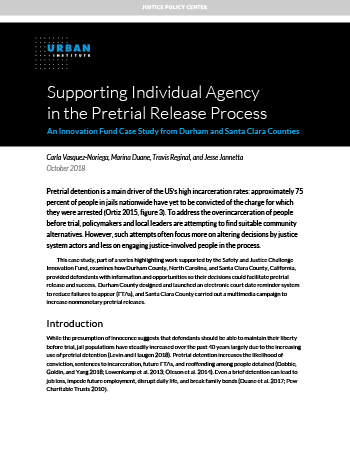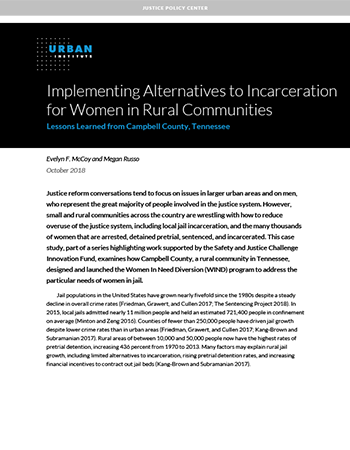Issue Brief
Courts Pretrial and Bail Prosecutors February 22, 2019
Pretrial Risk Assessment Tools: A Primer for Judges, Prosecutors, and Defense Attorneys
A vibrant national debate is occurring as to what role, if any, pretrial risk assessment tools can or should play in bail reform. This critical issue brief is intended to inform this ongoing debate by describing pretrial risk assessment tools and what they are designed to do. The primer provides foundational knowledge about pretrial risk assessment tools to contextualize and support further discussion regarding the use and evaluation of these tools in practice.
